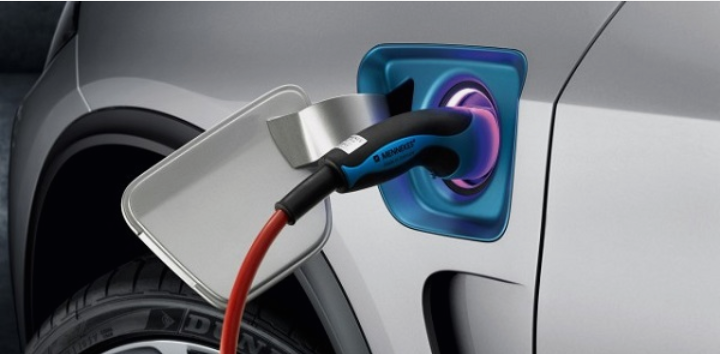Electric vehicles don’t need any definition or introduction as the name speaks for itself. The increasing demand for environmentally friendly vehicles has boosted this industry quite rapidly. These cars use little or no fossil fuels like petrol or diesel. Another advantage of an electric vehicle or EV is that it has very low running costs because it has fewer moving parts for maintenance.
The mechanism of an electric vehicle
All electric vehicles use a battery pack to store the electrical energy that powers the motor. The batteries are charged by plugging into a charge point and taking electricity from the grid. This electricity is stored in batteries that power an electric motor, which turns the wheels. Electric cars are capable of accelerating faster than vehicles with traditional fuel engines which makes them feel lighter to drive.
- When you start an electric vehicle, the power converts from the DC battery to AC to run the electric motor.
- Pressing the accelerator pedal sends a signal to the controller, and then it adjusts the vehicle’s speed by changing the frequency of the AC power from the inverter to the motor.
- Finally, the motor connects and turns the wheels through a cog.
- If you press the brakes or decelerate the car, it makes the motor act as an alternator and it produces power, which is sent back to the battery.

Fundamental elements of an electric vehicle
The system of Electric Cars is based on a few key components.
Battery – A battery provides electricity to power an electric drive vehicle. The whole system depends on the battery
Charge port – Everything that has a battery needs to be charged. A charging port allows the vehicle to connect to an external power supply and can be charged easily.
DC/DC converter – the purpose of this device is to convert higher-voltage DC power from the traction battery pack to lower-voltage DC power which is required to run vehicle accessories and recharge the auxiliary battery.
Electric traction motor – This motor drives the vehicle’s wheels by using power from the traction battery pack. Some of the vehicles use motor generators that perform the drive as well as regeneration functions.
Onboard charger – It takes the incoming AC electricity supplied through the charging port and converts it to DC power, which is then used to charge the traction battery. Additionally, it communicates with the charging equipment and monitors various characteristics of a battery, including voltage, current, temperature, and state of charge while charging the pack.
Thermal system for cooling – The purpose of this system is to keep the temperature of the engine, electric motor, power electronics, and other components at a suitable level.
Traction battery pack – It stores the electricity which is then used by the electric traction motor.
Transmission– It transfers mechanical power from the electric traction motor to drive the wheels.
Power electronics controller – It manages the flow of electrical energy delivered by the traction battery. It controls the speed of the electric traction motor and the torque it produces.
Types of Electric Vehicles
There are a few different types of EV Cars. Some run purely on electricity and some can also be run on petrol or diesel.
1- Plug-in electric
These cars run purely on electricity and get all the power through charging. No petrol or diesel is required at all. As a result, these cars don’t produce any emissions that can affect the environment negatively.
2- Plug-in hybrid
These cars mainly run on electricity but have the option to use a traditional fuel engine. The advantage is, that if the battery ever runs out of charging, you can use petrol or diesel. In this case, it will produce emissions otherwise they don’t.
3- Hybrid-electric
It is the opposite of the plug-in hybrid as it mainly runs on fuel like petrol or diesel but has an electric battery too. This battery is recharged through regenerative braking. It is very convenient to switch between using a fuel engine and ‘EV’ mode with just a touch of a button. These types of EV Cars and EV SUVs cannot be plugged into an electricity source.
Future of Electric Vehicles
The future of electric cars is quite reassuring. Over the past few years, it has gained significant popularity due to two main reasons. First, it is environmentally friendly. Second, it is relatively simple to drive as compared to normal vehicles. Here are some advantages of these cars that will increase their sales tremendously over the next few years.
- EVs convert over 77% of the electrical energy from the grid to power the wheels. On the other hand, conventional gasoline vehicles only convert about 12%–30% of the energy stored in gasoline to power the wheels.

- These cars emit no tailpipe pollutants, although the power plant producing the electricity may emit them. However, the electricity from nuclear-, hydro-, solar-, or wind-powered plants does not pollute the air.
- Electric motors provide quiet, smooth operation and stronger acceleration.
- It requires less maintenance than internal combustion engines (ICEs).
- It can reduce energy dependence because electricity is a domestic energy source.














